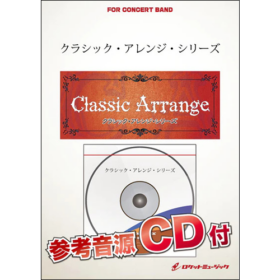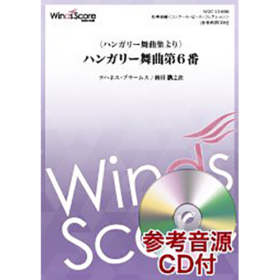全曲依照古典的協奏曲形式分為三個樂章,第一樂章為《不太快的快板》(Allegro ma non troppo),第二樂章為《慢板》(Adagio),第三樂章為《輪旋曲:快板》(Rondo: Allegro),在第一樂章中,韋伯充分展示他身兼歌劇院指揮所沉潛出的作曲才華,從開頭的樂團序奏,即透過誇張的漸強與音量對比、工整但充滿反差的和聲營造出強烈的戲劇張力,引入低音管獨奏帶著勝利氣質且充滿附點節奏的第一主題;接著透過樂團簡短而精緻的轉調橋帶入第二主題,在第二主題中,低音管呈現出恬靜而悠揚的特質,但仍不改詼諧的戲劇性,透過趣味盎然的大跳音型、音階、琶音與顫音,完整表現出韋伯的音樂創作中,獨特的童話故事性格。
第二樂章從低音管如歌劇詠嘆調般的旋律中揭開序幕,具有強烈的義大利歌劇特色,韋伯在本樂章中對於樂團伴奏的配器進行了各種嘗試,包含在樂章中間出現一段僅以兩支法國號為獨奏低音管伴奏的樂段,以其獨特的音響效果形成了閒適的田園氛圍,各種近乎歌詠的音樂設計,使得本樂章成為低音管作品中最優美的段落之一。
樂曲幾乎不間斷地轉換風格至第三樂章,低音管的性格轉以俏皮而詼諧的形象出現,樂曲主題中不斷出現的弱起拍大跳音型具有高度特色,能夠輕易地在樂章中尋找出音樂動機,最後以一連串的琶音與快速的斷奏上行音階展示演奏者的技術,結束在華麗而大器的樂聲之中。
The piece was composed in 1811 by celebrated German composer Carl Maria von Weber (1786-1826), commissioned by Maximilian I, the king of Bavaria under court musician Georg Friedrich Brandt’s (1773-1836) request. The piece along with Mozart’s Bassoon Concerto are the two most often played bassoon concerto, were in the repertoire used for the playing exams at the Paris Conservatoire. Premiered by Brandt in 1811. A typical performance lasts 18-20 minutes.
The concerto consists of three movements in the standard classical form.
I. Allegro ma non troppo
II. Adagio
III. Rondo: Allegro
Weber demonstrated his talent for composition absorbing from the experience as an opera conductor. The exaggerating crescendo, contrast of dynamics and distinctive chords from the beginning of the movements created a strong theatrical character. The first theme with triumphant feature and dotted notes is introduced. The second theme comes after a short but delicate bridge, showing the tranquil quality of the bassoon, without leaving an amusing atmosphere. Through jocular disjunct motion, scales, arpeggio, and trill, the unique fairytale feature of Weber’s music is fully revealed.
The operatic aria-like melody of bassoon initiated the second movement with a strong impression of Italian opera. The composer experimented with the accompanying part with various orchestration, including a passage in the middle which is played by solo bassoon along with two horns soli, created a rural atmosphere with the unique acoustic. The melodious composition making this movement became one of the most beautiful passages among bassoon repertoires.
Almost without interruption, the atmosphere was suddenly transferred into the third movement whereas the impish nature of bassoon is shown. The disjunct motion starts with anacrusis persistently appeared throughout the whole movement, making it one of the most recognizable features among all the elements. Finally end with a series of arpeggio and lively staccato ascending scale, showing the soloists’ virtuosity.
Solo Bassoon
Flute 1
Flute 2
Flute 3
Oboe
Bassoon
Eb Clarinet
Bb Clarinet 1
Bb Clarinet 2
Bb Clarinet 3
Bass Clarinet
Alto Saxophone
Tenor Saxophone
Baritone Saxophone
String Bass



